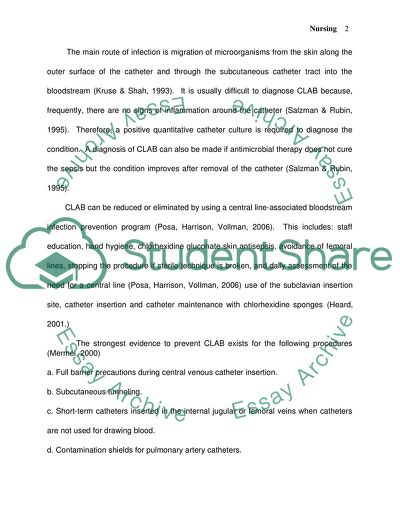Cite this document
(Evidence Based Practice Associated with CLAB Coursework - 1, n.d.)
Evidence Based Practice Associated with CLAB Coursework - 1. https://studentshare.org/nursing/1706733-nursing
Evidence Based Practice Associated with CLAB Coursework - 1. https://studentshare.org/nursing/1706733-nursing
(Evidence Based Practice Associated With CLAB Coursework - 1)
Evidence Based Practice Associated With CLAB Coursework - 1. https://studentshare.org/nursing/1706733-nursing.
Evidence Based Practice Associated With CLAB Coursework - 1. https://studentshare.org/nursing/1706733-nursing.
“Evidence Based Practice Associated With CLAB Coursework - 1”. https://studentshare.org/nursing/1706733-nursing.


